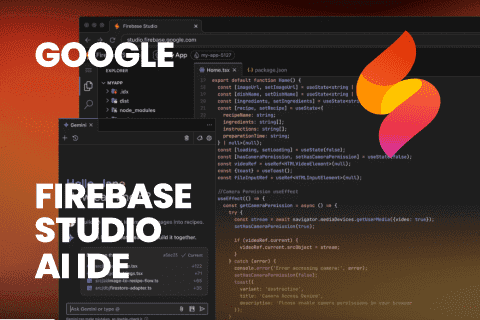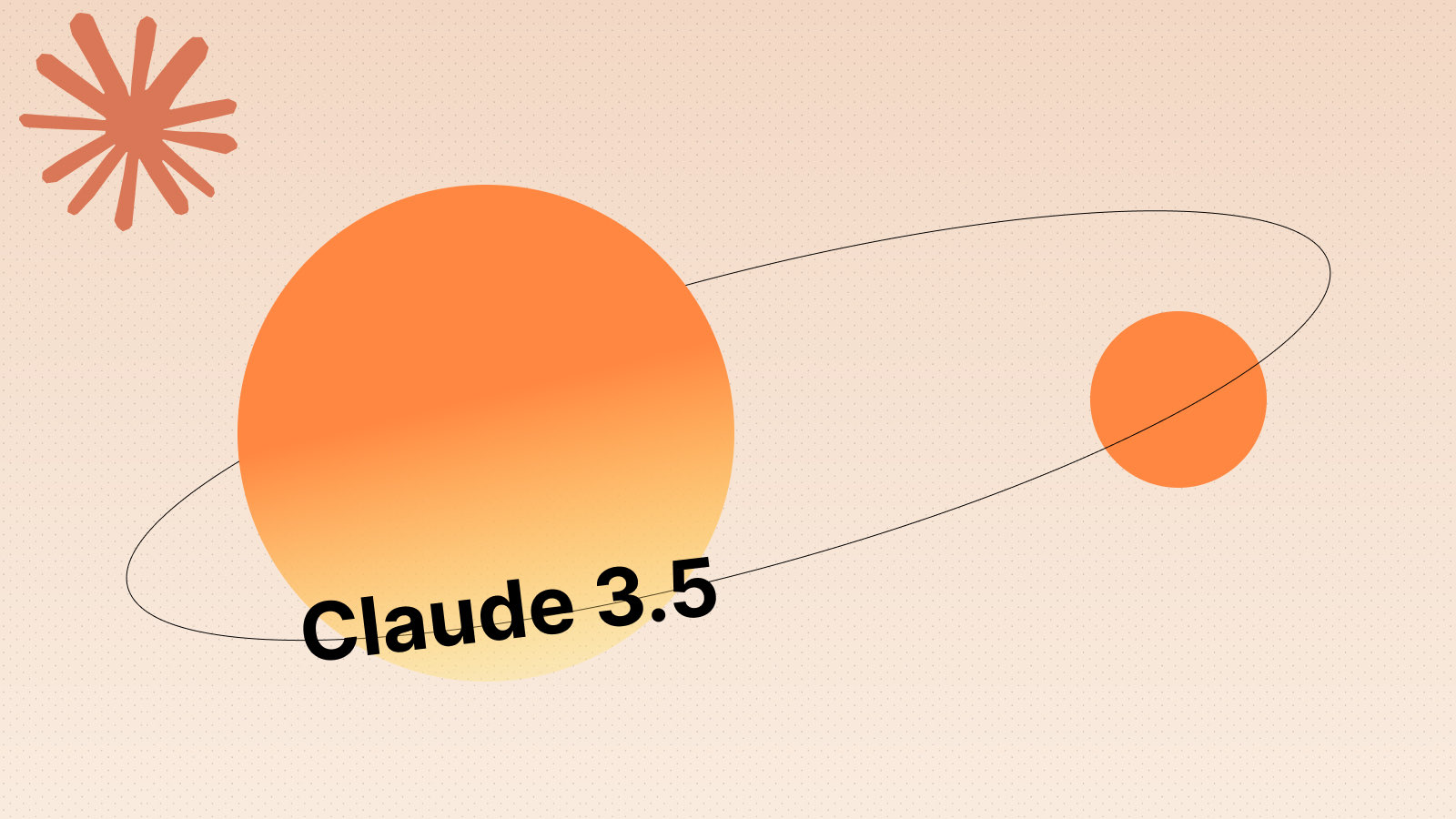Capture or Upload an Image
Click on the "Upload Images" button to choose a clear picture of the rock you are looking to identify.
Optional Additional Images
Upload photos showing different angles or details—surface texture, visible layers/strata, crystal features, or a fresh break.
Provide Location
Enter the location where the rock was found to improve accuracy. Example: country, state, city.
Provide Additional Notes
Add observations like hardness (scratch test), streak color, magnetism, reaction to acid, grain size, luster, or any context about where it was found.
Identify the Rock
Click on the "Identify Rock" button. The app will analyze the image and present the results.
Rock Identifier stands out as a powerful and user-friendly AI tool designed to help anyone—from geology enthusiasts to casual hikers—identify rocks with remarkable accuracy. Its streamlined workflow demonstrates how modern AI detection tools can simplify scientific tasks that once required specialized knowledge. The process of using Rock Identifier is intuitive, yet supported by advanced AI that analyzes visual and contextual clues to deliver reliable geological insights.
Using the tool begins with a simple action: capturing or uploading an image. The “Upload Images” feature allows users to provide a clear photo of the rock they want to identify. What makes Rock Identifier especially effective is its ability to handle multiple images from different angles. By allowing users to upload photos showing textures, crystal formations, or fresh fractures, this AI tool gathers deeper visual data, enhancing identification accuracy. This multi-image support reflects the sophistication of an advanced AI detection tool trained to interpret complex geological features.
Location input is another valuable step. Users can provide the general discovery area—country, state, or city—to help the AI narrow down potential matches. Since many rocks are region-specific, this geographic context significantly strengthens the AI’s ability to deliver precise identifications. Additional notes such as streak color, luster, hardness, magnetic response, grain size, or acid reaction give the Rock Identifier even more data to work with. This hybrid use of computer vision and user-observed traits sets the tool apart from visual-only detectors.
Once all information is entered, users simply click “Identify Rock.” Within seconds, the AI tool processes the images and notes, cross-references geological databases, and presents detailed results. The output not only names the rock type but often includes formation information, mineral composition, and typical locations—adding educational value to the identification.
Overall, Rock Identifier demonstrates the future of geology-assisted technology. As a modern AI detection tool, it transforms complex rock analysis into an accessible, fast, and enjoyable experience. Whether for education, exploration, or scientific curiosity, Rock Identifier proves how AI can bring natural science closer to everyone.




